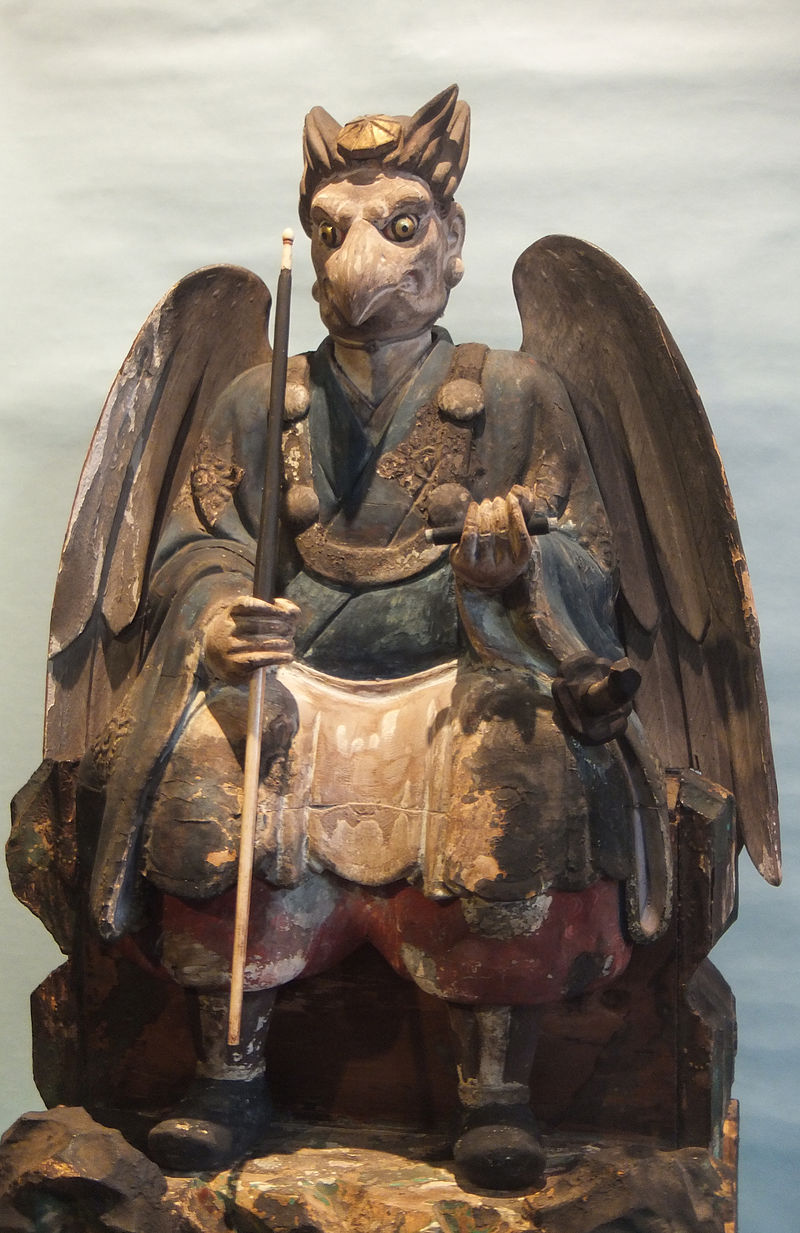July Salt Spring Island Fungus of the Month: Amanita Pantherina
July's Fungus of the Month is Amanita pantherina, the Panthercap. Like many Amanita species, this mushroom emerges from the soil looking like a small white egg. As it continues to grow, the cap opens up into a classic mushroom shape and the white shell of the egg, called a "universal veil", is torn into small pieces that stick to the cap. It has a dark brown cap with white veil flecks, a white stem, white gills, and a bulbous base.
It is poisonous, but a very dramatic and beautiful mushroom.
Panthercaps are found all around the Northern Hemisphere in North America, Europe, and Asia, although some scientists think that the North American population is a separate species. Its widespread distribution and striking appearance lead it to show up often in human storytelling and art. Here are some stamps:
 East German stamp, photographed by Nightflyer
East German stamp, photographed by Nightflyer
 Romanian stamp, photographed by Romanian Post Service
Romanian stamp, photographed by Romanian Post Service
Panthercaps might be the original toadstool. The old German name for it, Krötenschwamm, means "toad-mushroom", and is probably the origin of the English word "toadstool". Frogs and fairies sit on panthercaps in German folktales.
In 1931, MC Escher did a woodcut of Amanita pantherina for his Emblemata, a book of woodcuts, each of which was associated with a Latin moral. The panthercap was labeled "Dissolutionis ex humore speciose praefloresco" - "I blossom beautifully out of the fluids of disintegration." This is not entirely true - we now know Amanita pantherina is symbiotic with conifer trees (Douglas Firs, on the Rock) and does not decay or disintegrate anything. It provide the tree with nutrients from the soil and receives sugar made via photosynthesis in return.
In Japan, the panthercap is called "tengutake" (天狗茸), the Tengu Mushroom, associated with stories of tengu, mountain spirits that wear monk's robes and have the wings and heads of crows. Tengu are said to live on inaccessible mountain slopes. Like Panthercaps, tengu hatch from white eggs on mossy ground.
 Photograph by the Metropolitan Museum of Art
Photograph by the Metropolitan Museum of Art
They may fiercely protect forests or temples, play tricks on arrogant people, or teach humble people secret knowledge. It must have been odd for the first Japanese settlers on Salt Spring Island to see 天狗茸 in the mountains here as well.
 observation by ynill
observation by ynill observation by dianalynn1
observation by dianalynn1 observation by iancruikshank
observation by iancruikshank observation by caladri
observation by caladri Photography by WolfgangMichael
Photography by WolfgangMichael




Comments
Add a Comment